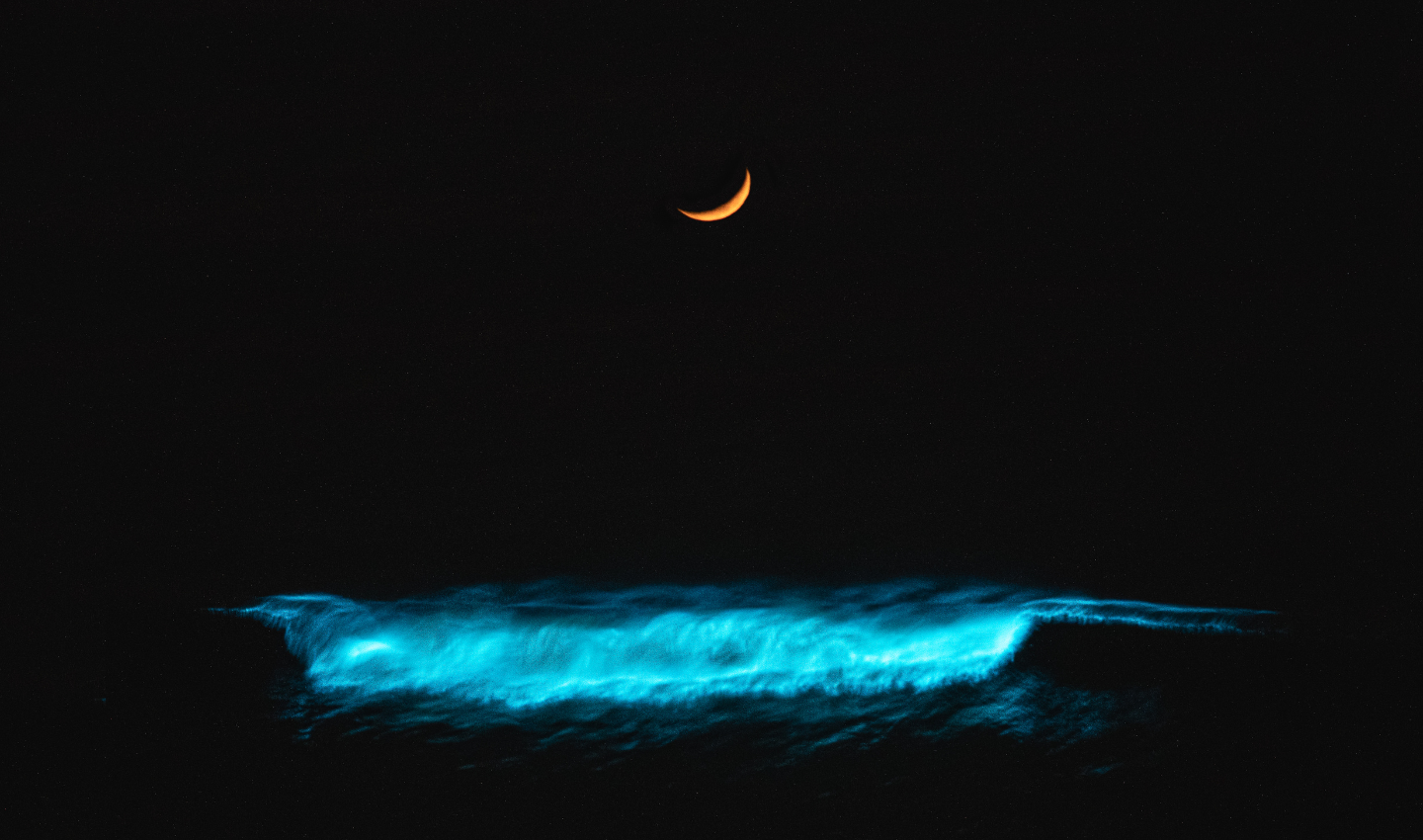- Ocean Conferences
- Our Future: Solutions
What is the UN High Seas Treaty and why does it matter?

After two decades, the open Ocean or ‘high seas’ are on its way to being protected.
On 20th February 2023, the fifth session of the Intergovernmental Conference (IGC) on Conservation and Sustainable Use of Marine Biodiversity of Areas Beyond National Jurisdiction (BBNJ) resumed negotiations in attempt to agree on a treaty to protect the high seas.
The last negotiations were held in August 2022 and ended without agreement.
“Our Ocean has been under pressure for decades and we cannot ignore the Ocean emergency,” said António Guterres, UN Secretary-General in a statement, reiterating the need for a treaty that paves the way for a sustainable Ocean.
What are the “high seas”?
High seas refer to the vast majority of the Ocean that lies beyond national jurisdictions. This open water is not governed by any one country and covers 64% of the Ocean’s surface.

What does the High Seas Treaty mean for our Ocean?
After an extra day of intense negotiations, IGC president, Rena Lee, Singapore, announced that the United Nations (UN) High Seas Treaty had been agreed.
This was a monumental milestone twenty years in the making.

“The ship has reached the shore!”
IGC President, Rena Lee, Singapore.
5 main takeaways from the High Seas Treaty:
Strengthening 30 x 30 –
This agreement seeks to protect 30% of the Ocean by 2030. This was an outcome from COP 15 (the global biodiversity conference held in Dec, 2022) that will be strengthened with the help of this treaty.
Marine Protected Areas (MPA’s) –
This treaty will provide the legal framework necessary to set up MPA’s as no such framework currently exists.
Conference of the Parties (COP) –
Establish a COP to ensure accountability on issues like biodiversity and governance.
Marine Genetic Resources (MGR’s) –
Highlighting the need for processes to share genetic resources like plants and animals for pharmaceuticals, food, cosmetics, etc.
Environmental Impact Assessments (EIA’s) –
Greater obligations to conduct EIA’s on activities relating to pollution or any potential effects on the marine environment that is unknown or not yet fully understood.


Ocean Generation’s Statement on the High Seas Treaty:
“We are delighted to hear that the UN High Seas Treaty has finally become a reality.
A healthy Ocean is vital for the survival of all living things, and this is the message we continue to deliver through our work at Ocean Generation. Protecting 30% by 2030 must, however, be seen as a minimum requirement.
We view this agreement as a starting point. The Ocean is our ally in the fight against climate change and we must stop underestimating its role in our survival. The sooner this treaty is ratified by all countries, the better chance we have of a safe and healthy future for the generations that will follow us.”
Jo Ruxton MBE
Founder of Ocean Generation
We intend to update this article once the final text of the treaty has been published.



